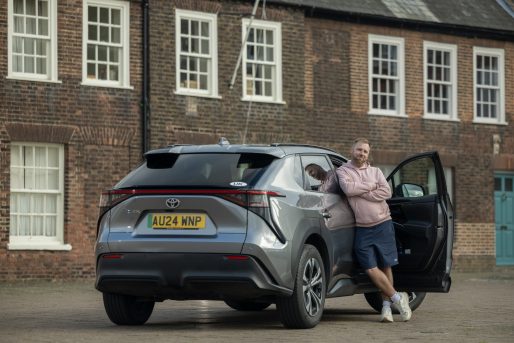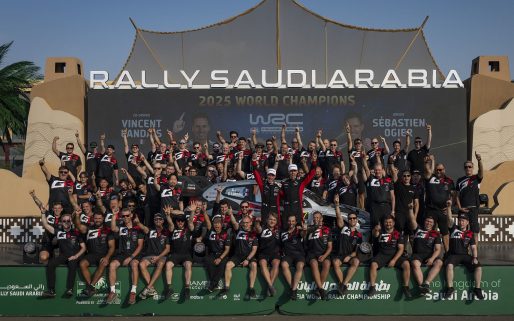From 2017 to 2024, the original Energy Observer laboratory vessel covered over 68,000 nautical miles – the equivalent of more than three times around the world – demonstrating the real-world viability of its zero-emission power sources. Toyota was proud to position itself as an official partner and help power this mission with our hydrogen fuel cell system.
This year, the Energy Observer team begins a new multi-part global expedition that continues all the way through to 2033. The nine-year journey is being being divided into seven themed missions, each of which will provide invaluable opportunities to further develop technical solutions for sustainable, decarbonised marine transport.

The first of those missions will see the original Energy Observer catamaran (image directly above) return to the sea. It will once again use our fuel cell system to generate zero-emission power and replenish its tanks with carbon-free hydrogen produced from seawater. The following table details each of the seven missions and their respective aims.

Energy Observer EO1 and EO3 mission itinerary
| MISSION | YEAR/S | THEME | AIM |
| 1 | 2025-2026 | Carbon Capture | Industrial technologies and carbon sinks |
| 2 | 2027 | Sustainable Mobility | Decarbonising land, sea and air transport |
| 3 | 2028 | AI and Energy Transition | Optimizing systems and addressing digital footprints |
| 4 | 2029 | Strategic Materials and Circular Economy | Critical metals and sovereignty |
| 5 | 2030-2031 | Energy Models | Fossil fuels, renewables and nuclear |
| 6 | 2032 | Water Access | Sustainable management of a vital resource |
| 7 | 2033 | Arctic World Tour | Climate change adaptation and resilience |
In 2027, the next-generation Energy Observer EO3 catamaran (main image and below) will take over the expedition, marking a new stage in the quest for maritime energy transition. In preparation for this milestone, Energy Observer and Toyota are joining forces to study and explore the integration of our fuel cell system into the vessel’s energy architecture, which combines multiple complementary renewable energy sources, including hydrogen.

Toyota believes that achieving carbon neutrality requires a multi-pathway approach – one that leverages diverse energy sources and complementary technologies.
Yoshihiro Nakata, president of Toyota Motor Europe said: “We are proud to support the next chapter of the Energy Observer odyssey. Just as the Toyota Fuel Cell System powered the first Energy Observer laboratory vessel, it will again generate renewable-based electricity aboard the new EO3 vessel. Bold exploration and collaboration are essential, and our continued partnership with Energy Observer reflects our deep commitment to sustainable innovation and a carbon-neutral future across all forms of mobility.”
Learn more: How does Toyota’s hydrogen fuel cell system work?




